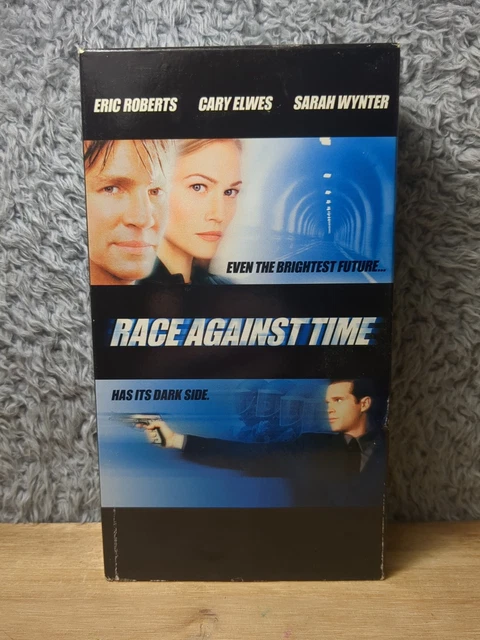Race Against Time: The Search For Sarah

Ever heard of a cosmic scavenger hunt? Well, that’s basically what happened with Sarah, a rogue satellite that went missing in space. Think of it as losing your keys, but your keys are a multi-million dollar piece of technology orbiting Earth at incredible speed!
The whole thing started back when Sarah, a satellite designed to help with search and rescue, suddenly went silent. No beeps, no boops, just…nothing. It was like she decided to take a very long, very remote vacation without telling anyone.
Lost in Space: The First Clues
Now, imagine trying to find something the size of a small car in a space the size of, well, space! The initial search was a bit like blindly poking around with a stick. It’s hard to find a needle in a haystack, but try finding it in a haystack that’s constantly moving!
The team relied on old tracking data, some sophisticated algorithms, and a whole lot of hope. It's like trying to follow breadcrumbs left by a squirrel, but the squirrel's wearing a rocket pack!
Unexpected Help from Unexpected Places
Here's where it gets interesting. Turns out, amateur radio operators were crucial to the search. These dedicated hobbyists, with their own homemade antennae and a love for all things radio, actually managed to pick up faint signals that official agencies had missed.
Talk about citizen science! These folks, using their backyard setups, were instrumental in narrowing down Sarah's possible location. It's a heartwarming reminder that sometimes, the best detectives are the ones with the most enthusiasm and a good antenna.
“We couldn’t have done it without them,” said one of the lead engineers on the project. “They were our ears in the sky.”
The Cosmic Hide-and-Seek Continues
Even with the amateur radio signals, pinpointing Sarah's exact location was still a challenge. Space is a noisy place, filled with interference and other satellites chatting away.
The team had to sift through all that static, like a detective listening for a whisper in a crowded room. It was a painstaking process, requiring patience and a healthy dose of technical wizardry.
A Glimmer of Hope
Then, a breakthrough! Analyzing the faint signals, the team managed to calculate Sarah's orbital path with greater accuracy. They narrowed down the search area, focusing their telescopes and tracking systems on a smaller patch of sky.
It felt like they were finally closing in on their missing satellite. The tension was palpable, like waiting for the results of a very important exam. Would they find her, or would Sarah remain lost forever in the vast emptiness of space?
Reunion in Orbit: Sarah is Found!
Finally, after months of searching, the announcement came: Sarah had been found! Beaming signals and looking just a little dusty, the satellite was located by a combination of ground-based telescopes and data analysis.
The collective sigh of relief could probably be heard from space (though not by Sarah, who was still a bit out of it). It was a triumph of human ingenuity, perseverance, and the power of collaboration.
And to think, it all started with a silent satellite and a team determined to bring her home. It just goes to show you, even in the cold, vast expanse of space, a little bit of human connection can go a long way. Even for a satellite named Sarah.
This incredible search for Sarah highlights the importance of space technology and how even hobbyists can play a crucial role in solving cosmic mysteries.


















